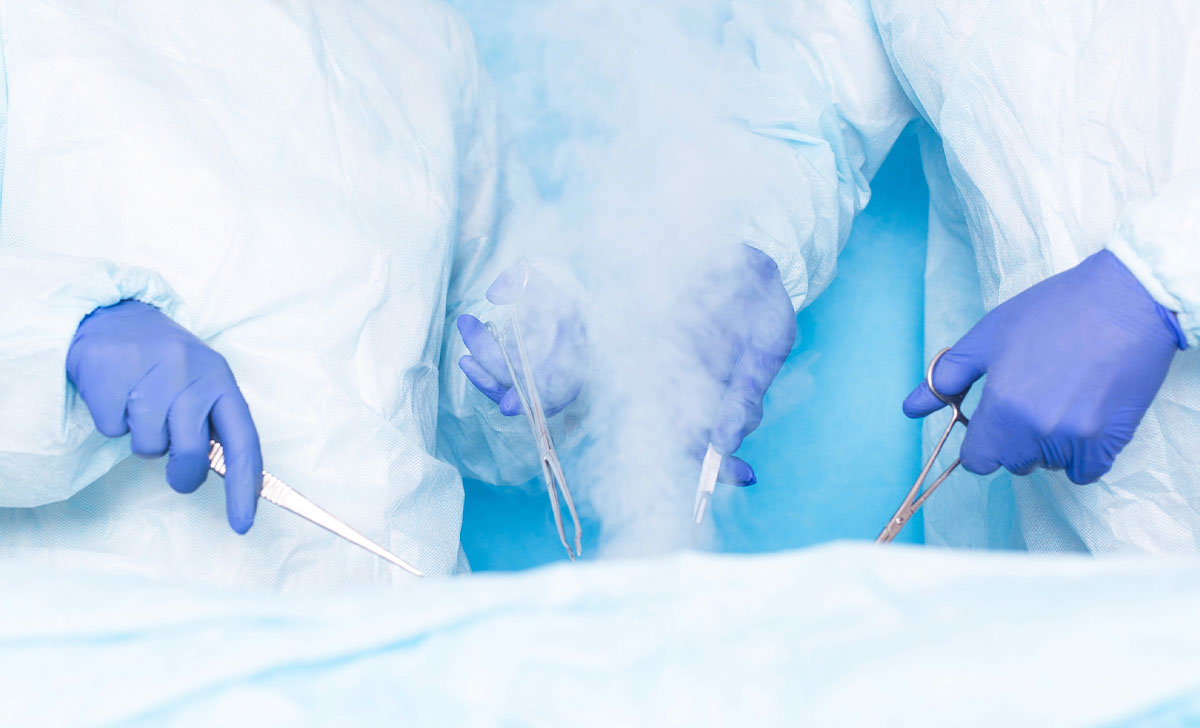Although there are side-effects to cryosurgery, practitioners should not be deterred from using the technique, as it is a quick and successful treatment for a broad range of skin lesions, the 2022 PCDSI Annual Meeting heard.
Dr Paula Pasquali, Consultant Dermatologist, Pius Hospital de Valls, Tarragona, Spain, spoke about expectations in cryosurgery, possible side-effects and how to avoid them. “I think that every surgical procedure [can have] complications,” said Dr Pasquali. “And that you should be aware of them.”
Communication with patients is important, to inform them of issues with hyper- or hypo-pigmentation, and any scarring or pain that may occur.
“Depressed scars can happen especially and mostly when you do cryosurgery that are very deep. This happens if you’re treating skin cancer,” said Dr Pasquali. The hair follicle can also be destroyed in this instance and hair will no longer grow in the area.
Cryosurgery can be painful, it should be acknowledged. “When you do cryosurgery, you have a first peak of pain and then it starts coming down. And then suddenly, you have a second peak,” Dr Pasquali said. If a patient is sent out of the office before the second peak of pain has occurred, there is a risk of a patient fainting later on.
Liquid nitrogen spattering can contribute to pain and other complications.
Performing cryosurgery around the eye may result in liquid nitrogen spraying into the conjunctiva so caution and care are needed. “It usually heals very well,” Dr Pasquali added. She recommended protecting the eye using a plastic or wooden piece.
There is also a risk of insufflation of the subcutaneous tissue, where liquid nitrogen spray can get under the skin tissue after a lesion has been curetted. This is harmless and can be identified by a “crunching” noise under the skin, which can alarm patients.
Dr Pasquali recommended using a probe or a rubber cone to “fix it on the area very closely so that you seal around the area, and then you can freeze”.
After curetting a lesion and performing cryosurgery, Dr Pasquali advised to let the site thaw fully before letting a patient leave, as bleeding can occur afterwards.
Other common after-effects that can occur after cryosurgery include oedema, bullae, and mummification of the lesion.













Leave a Reply
You must be logged in to post a comment.